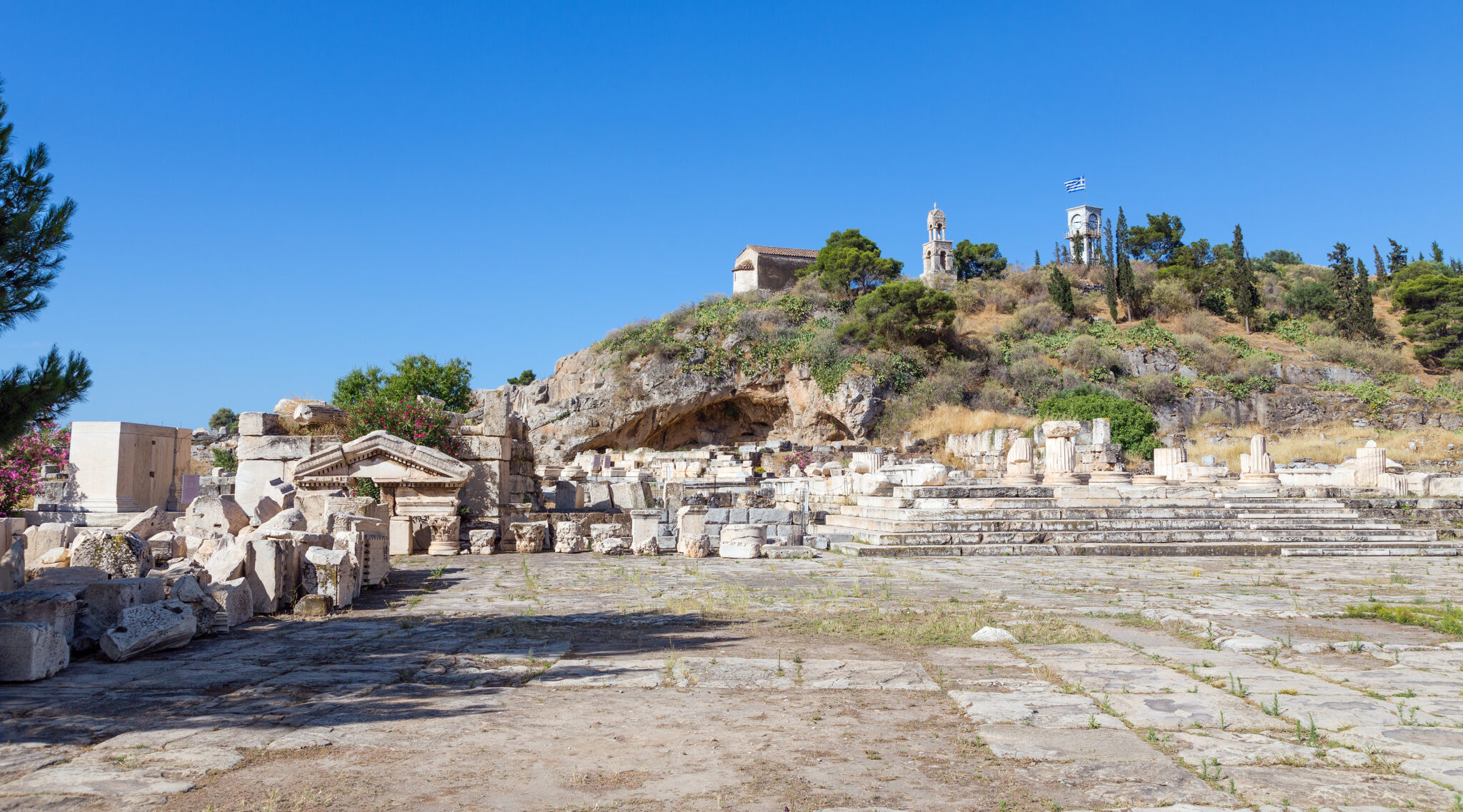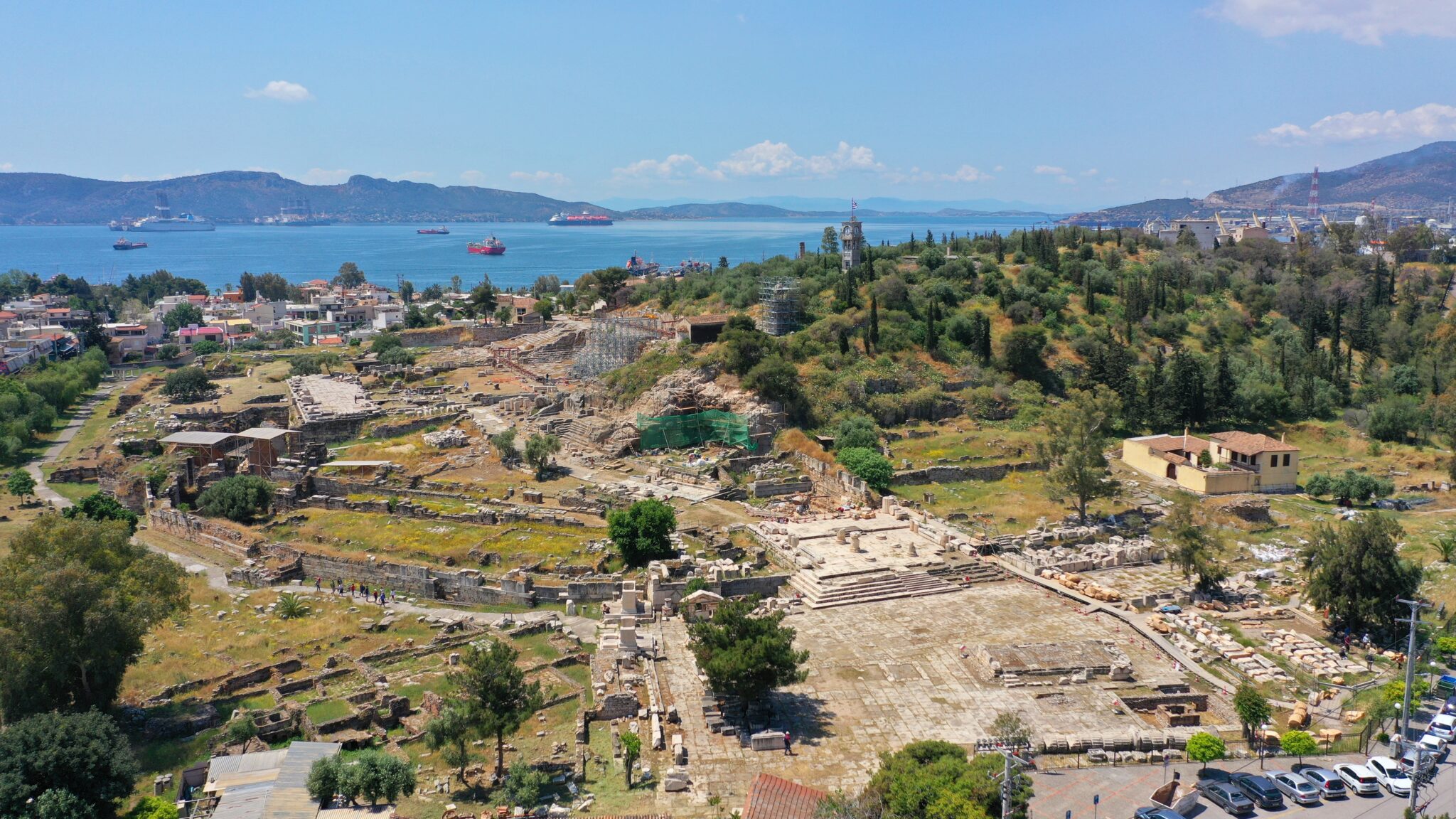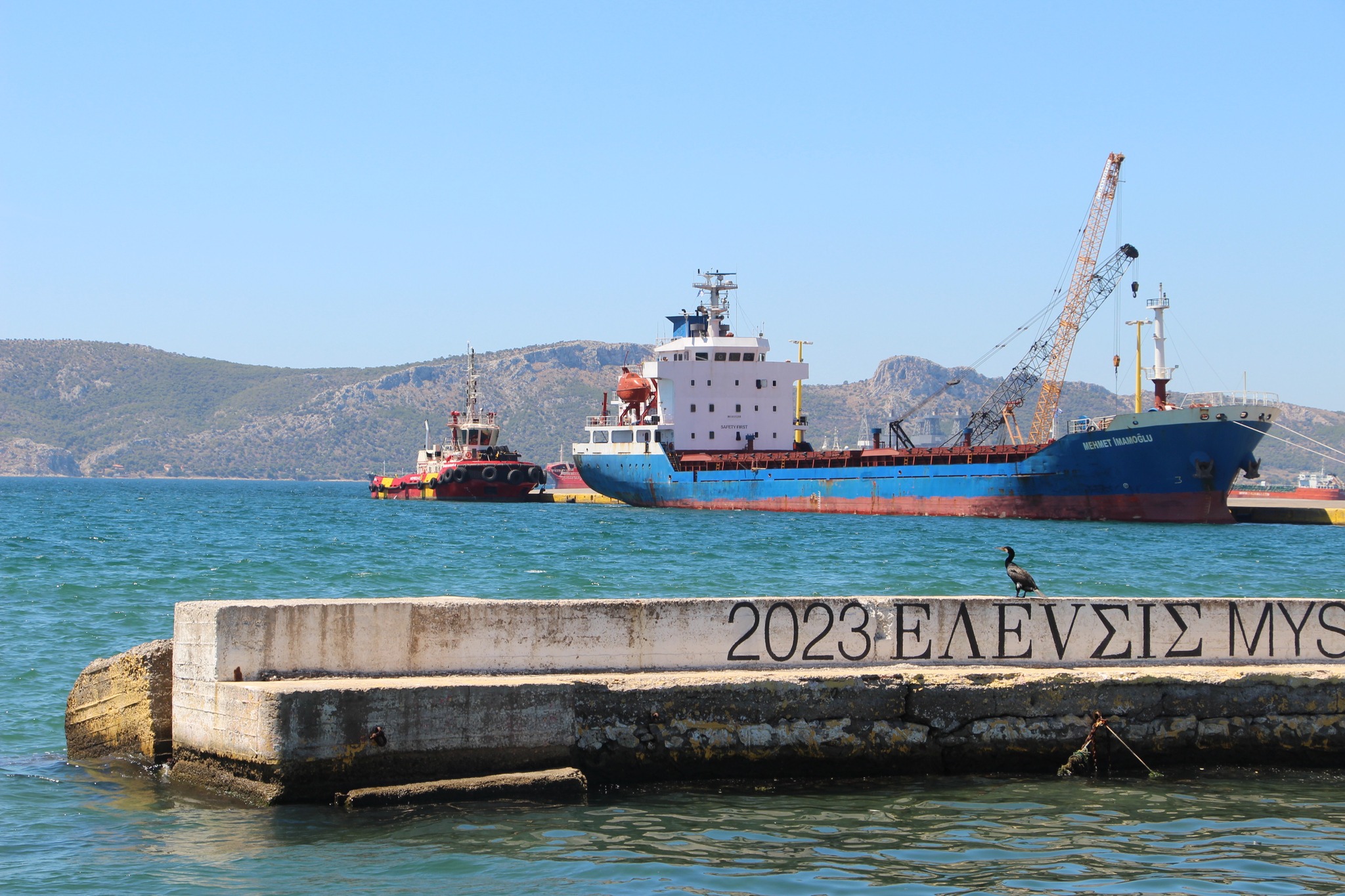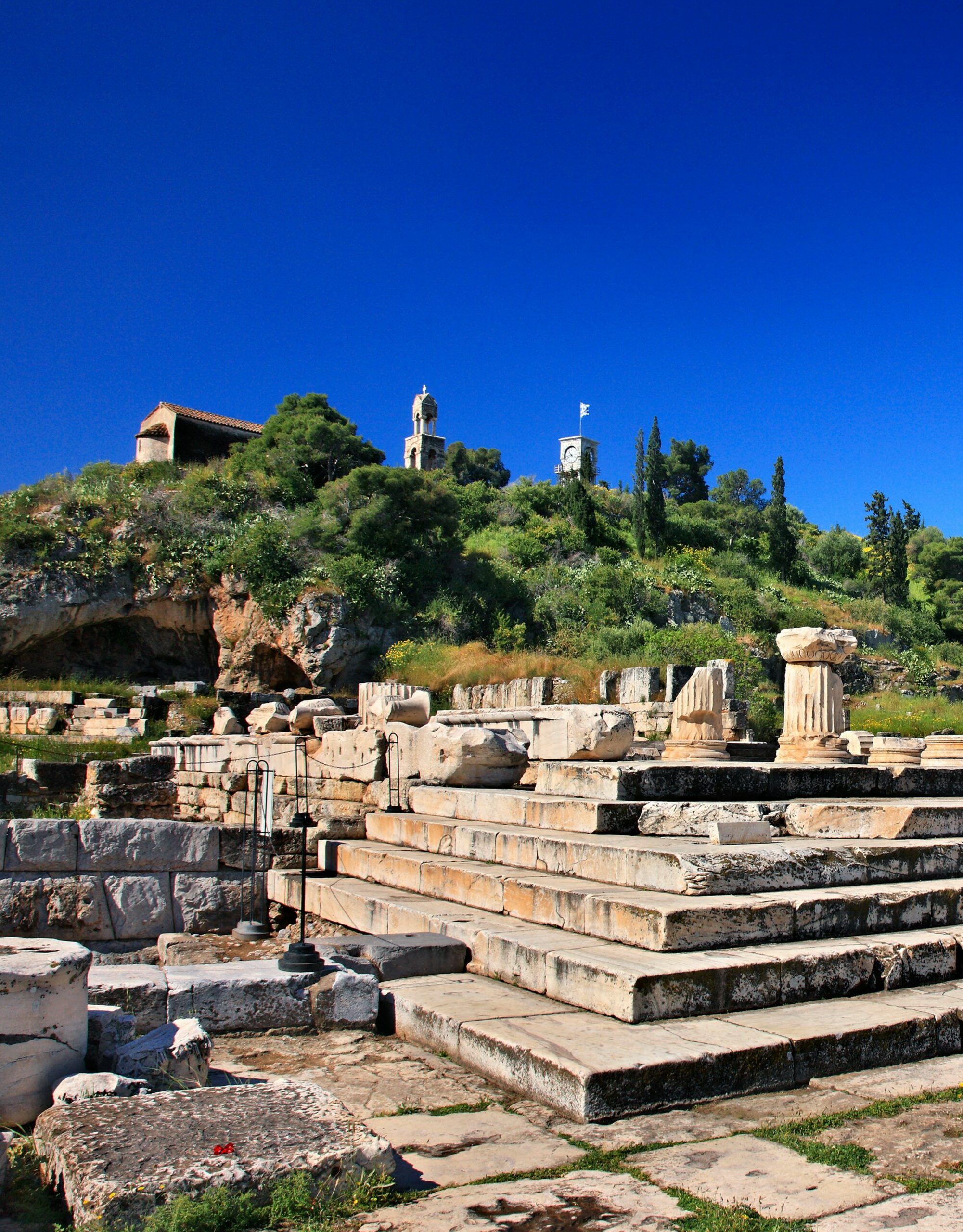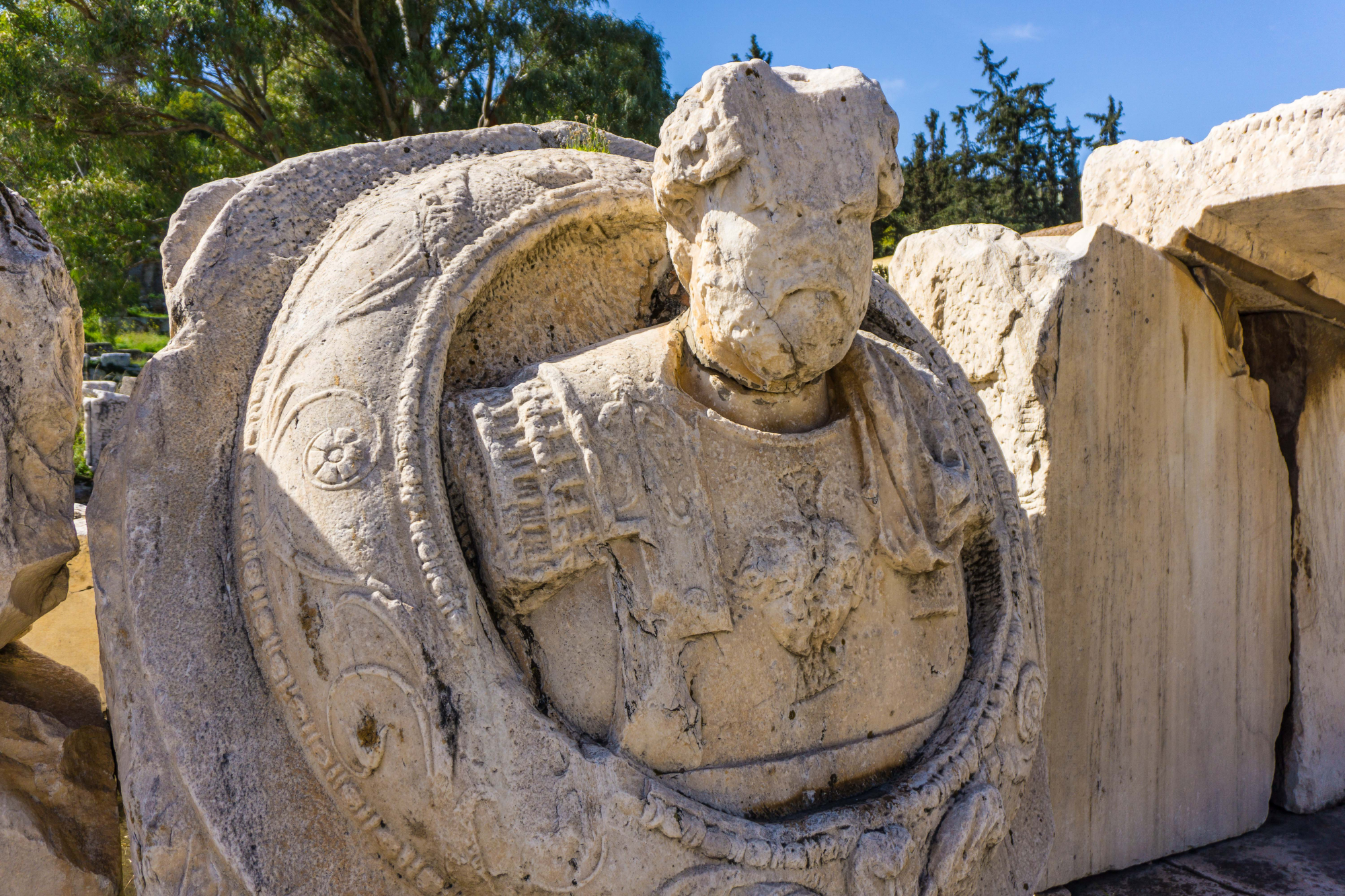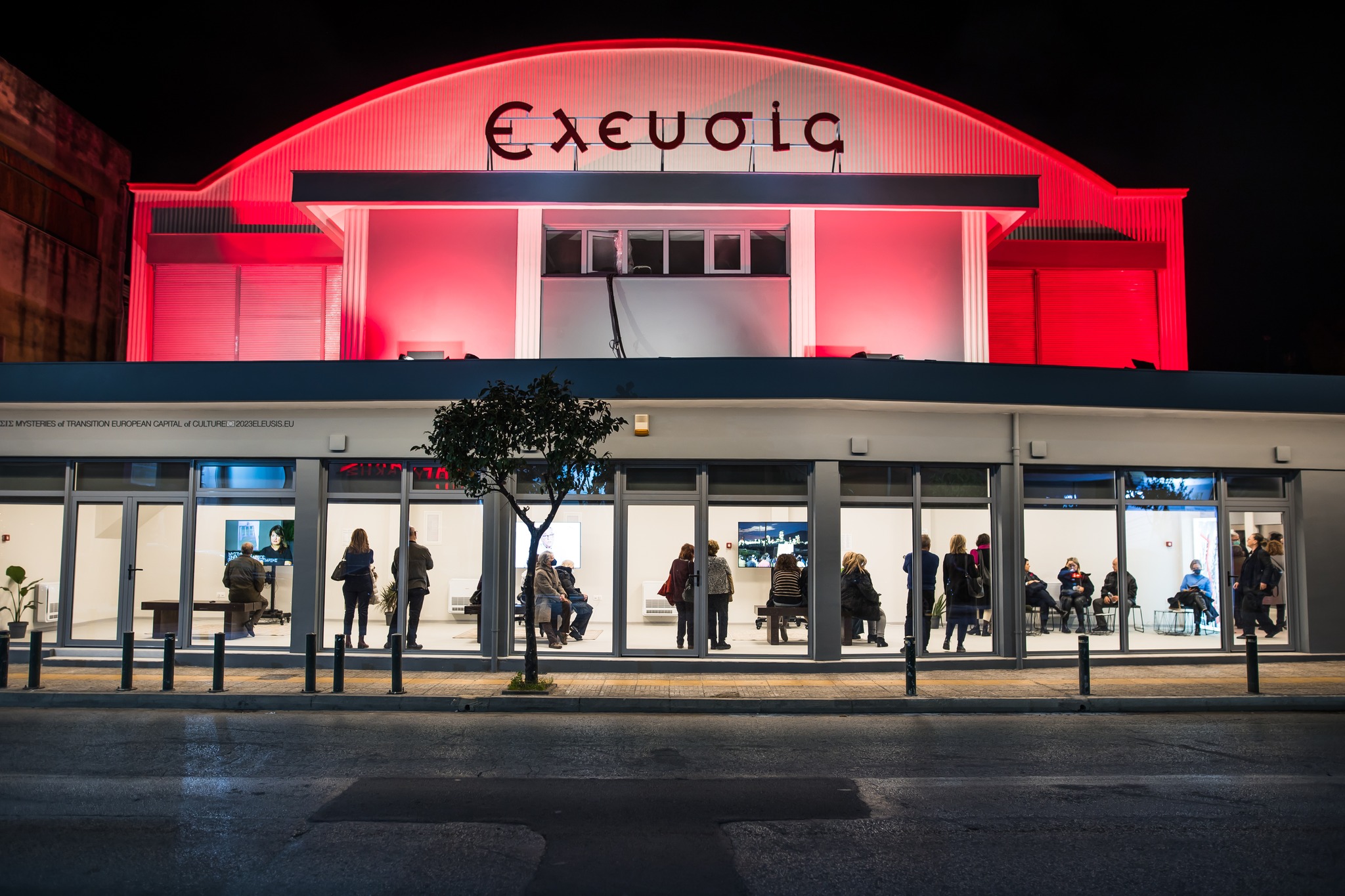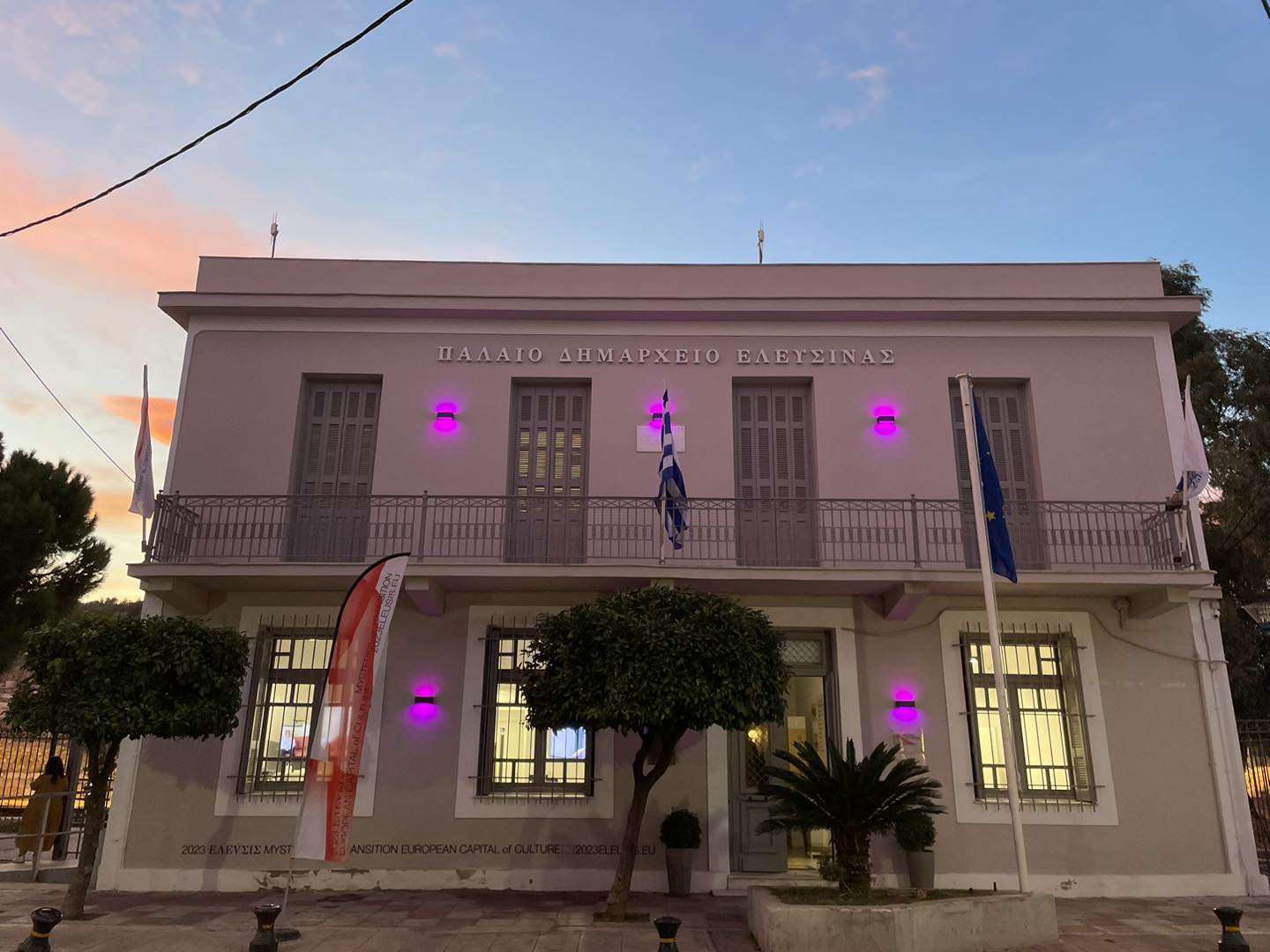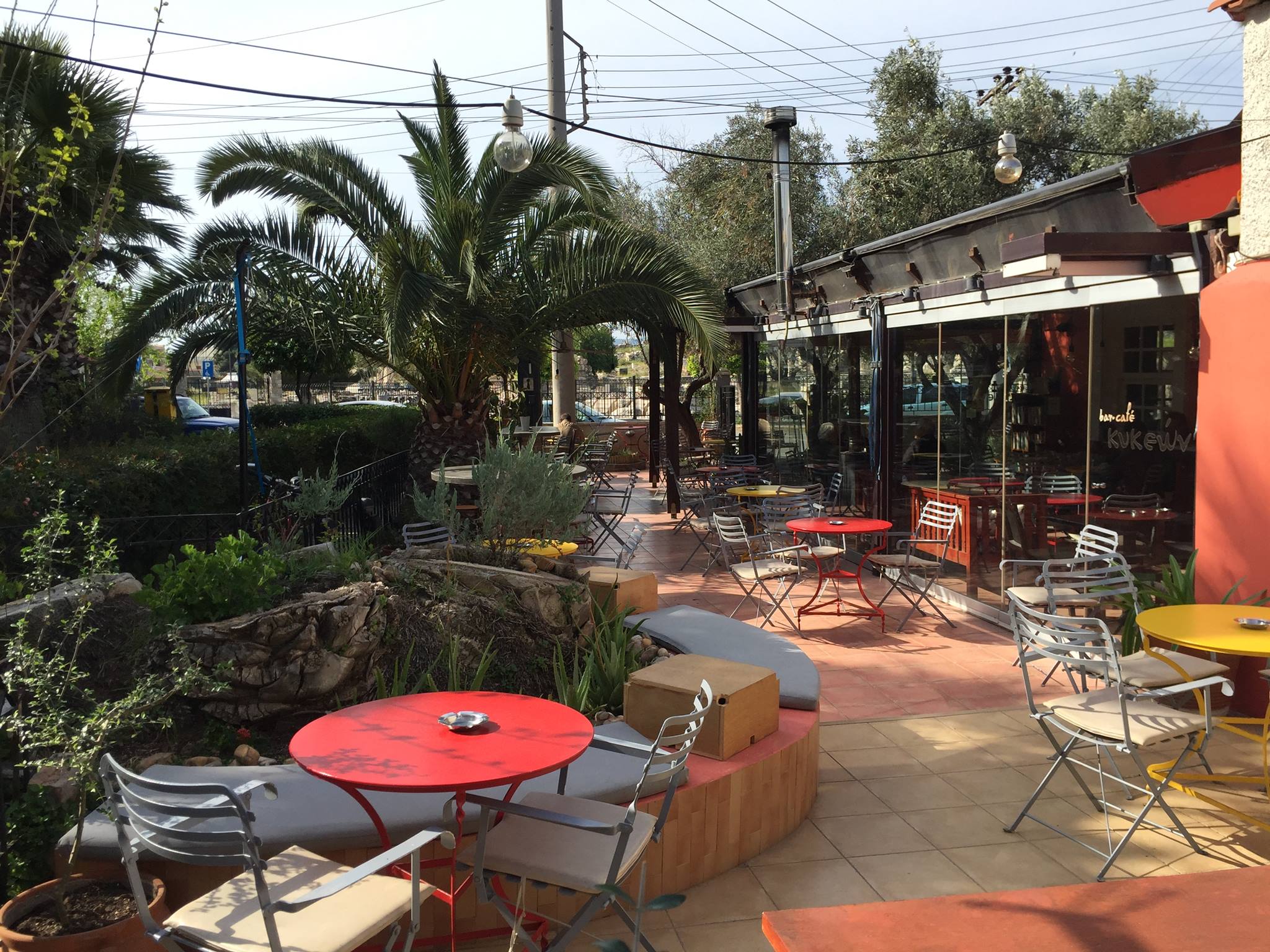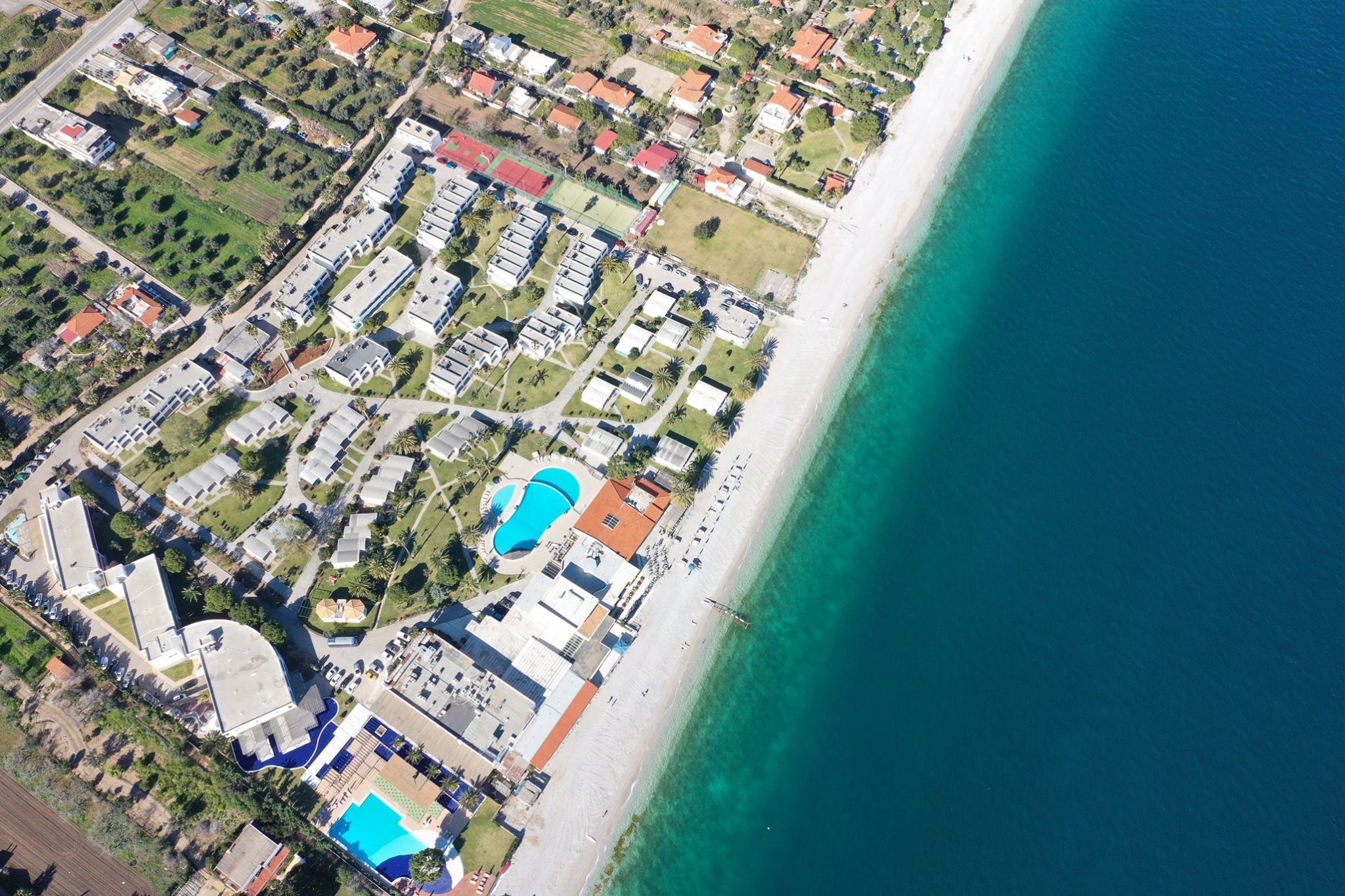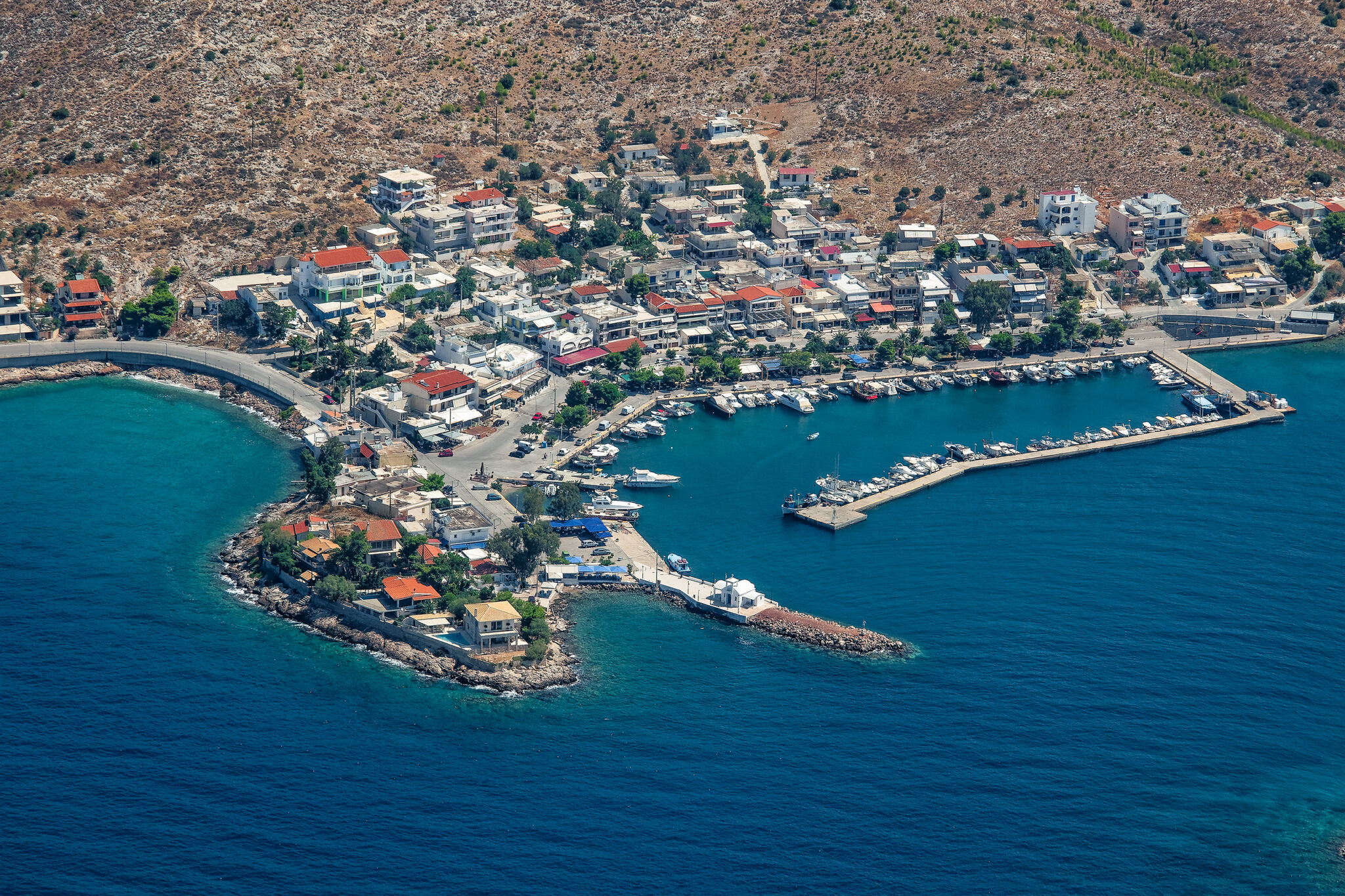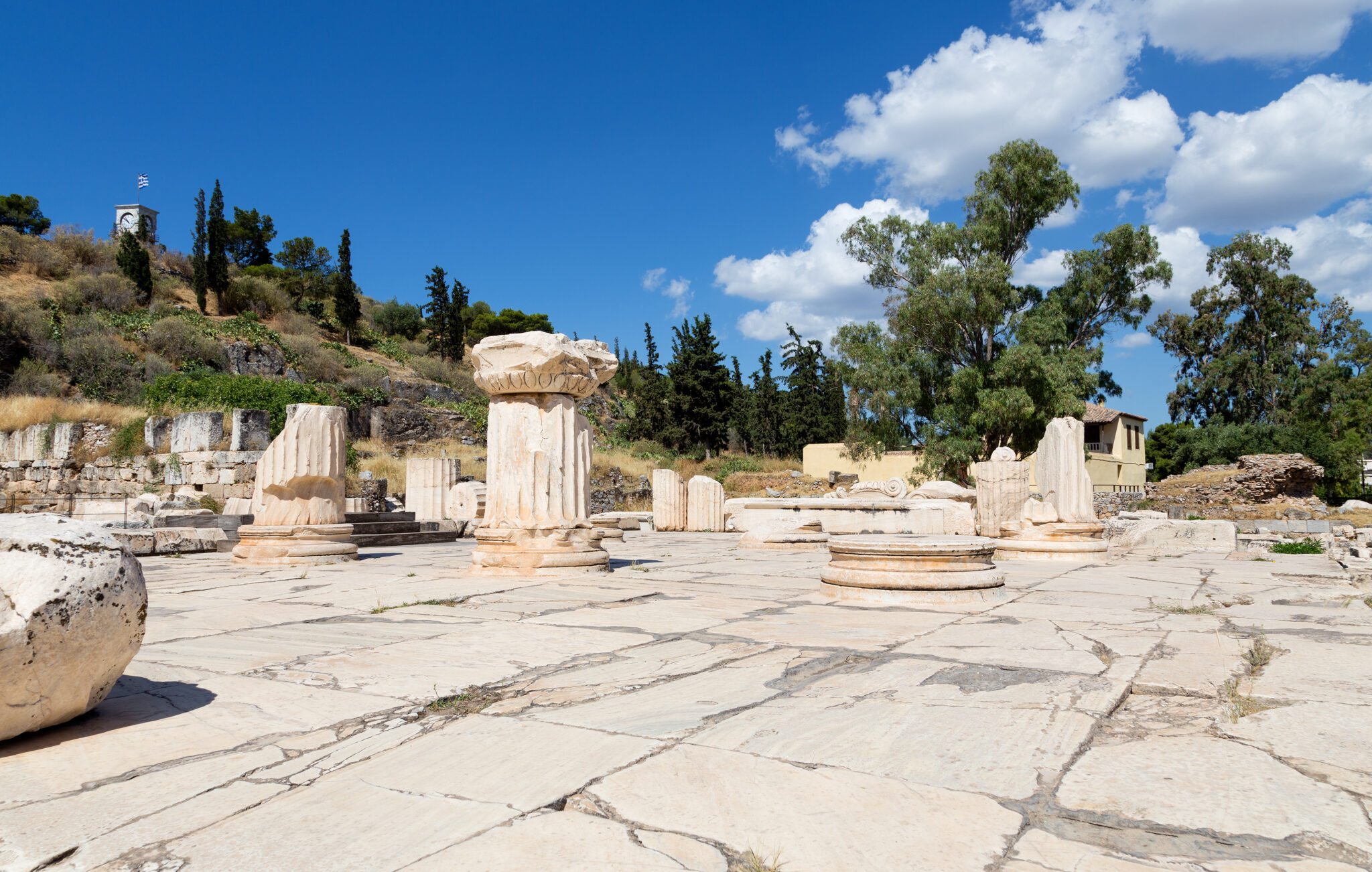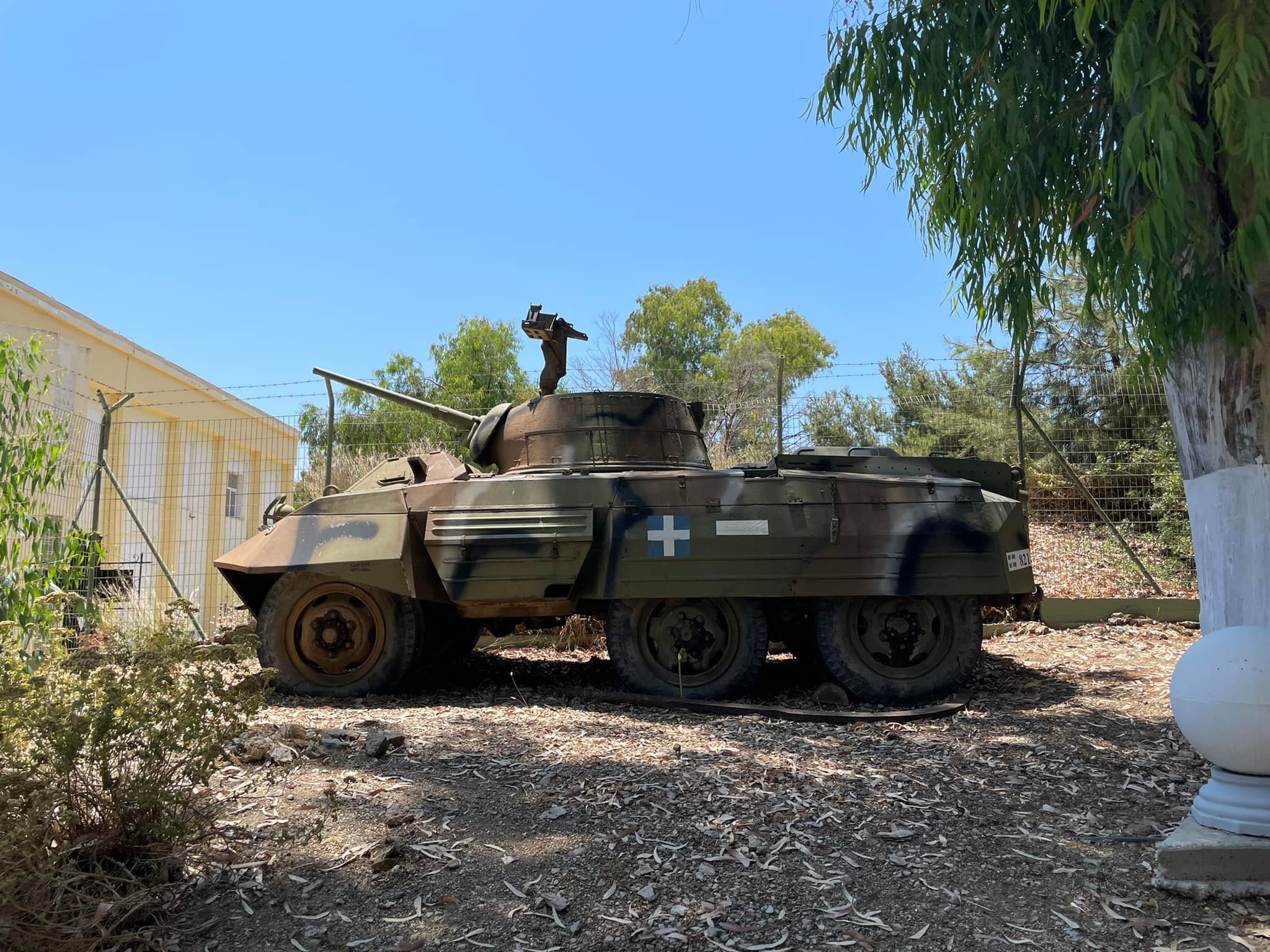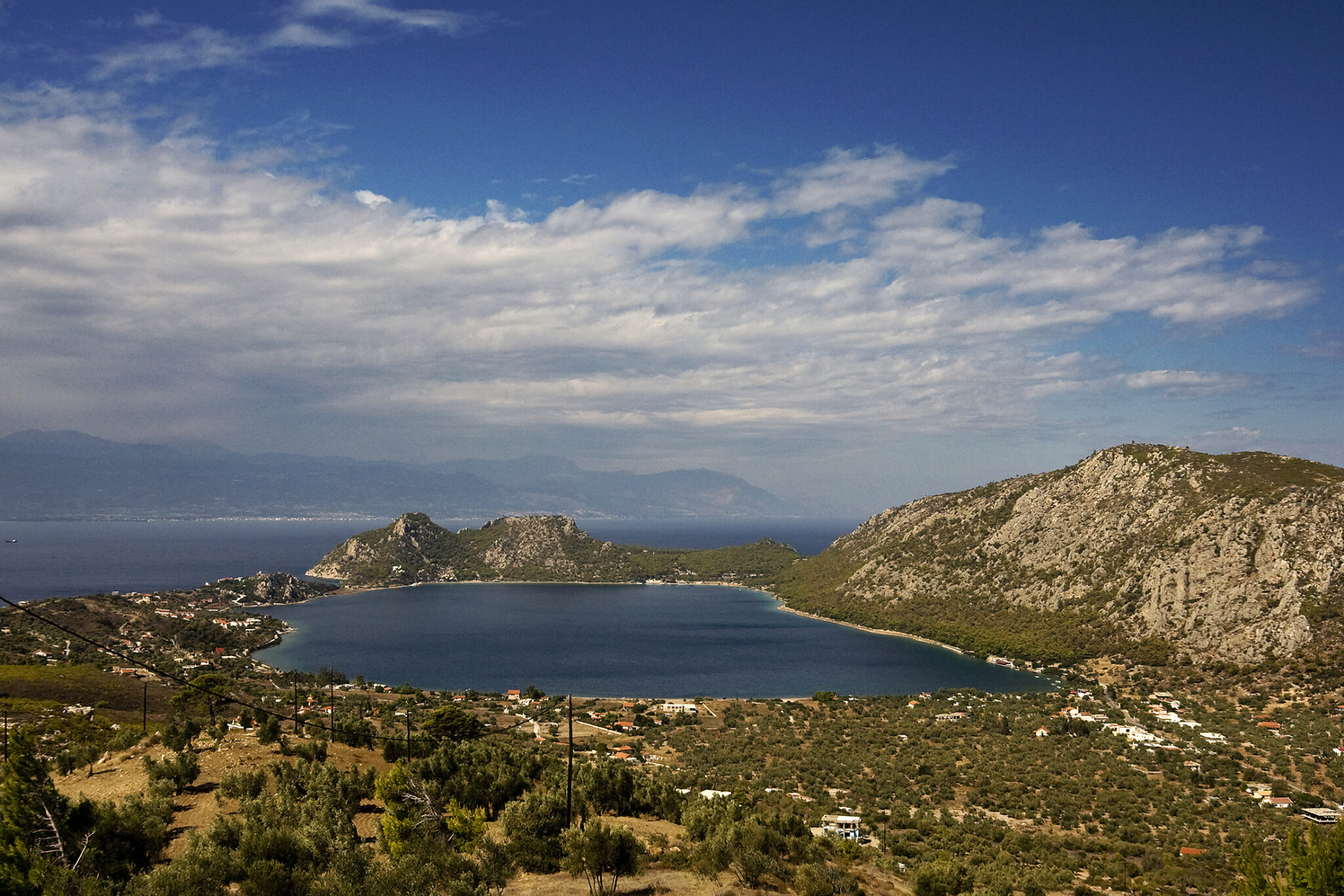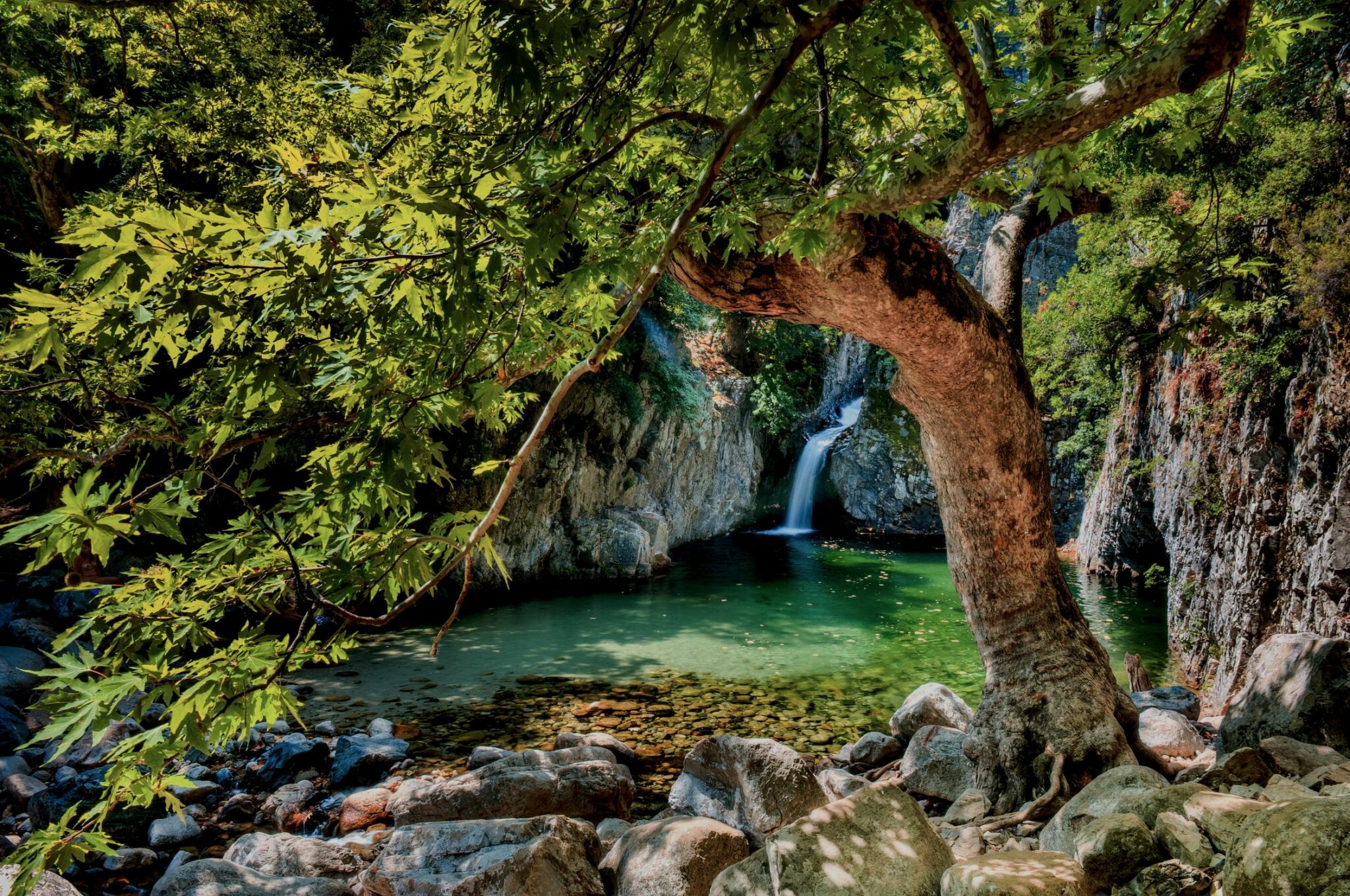In the wider Athens area, Elefsina, known also as Eleusis, stands out as a place with one of the greatest levels of historical and cultural interest, with roots deep-diving back into ancient times. Indeed, the city of Elefsina held grand importance during antiquity, as highlighted by a multitude of impressive archaeological discoveries. An excursion to Elefsina represents an ideal part of your exploration of the wider Athens area, a safe and appealing region of many features, promising an unforgettable experience at any time of year.
A Quick Look at Elefsina’s History
Founded in approximately 2000 BC along with Athens, Olympia, Delos and Delphi, Eleusis was one of the five sacred cities of Ancient Greece. The city is notorious to this day for hosting one of the biggest festivals of ancient times, the Eleusinian Mysteries, in honor of the Greek goddess Demeter. The worship of the goddess and her daughter Persephone was very important to the ancient Greeks, helping generate swift and widespread fame for the city’s sanctuary throughout Greece. The festival was enshrouded in transcendental rites, that some say involved taking hallucinogenic wine, and was attended by major political and other personalities.
During the time of Athenian statesman and lawmaker Solon (circa 630 – 560 BC), the Eleusinian Mysteries were a part of the Athenian festivals, while, during the ensuing time of Athenian ruler Peisistratos, Elefsina was walled to protect it from outside eyes. During the classical and Roman periods, the city’s glory gradually led to the development of impressive buildings. Over time, as Christianity began to emerge, the city’s sanctuary was gradually abandoned.
Here, we introduce you to the most visit-worthy places in Elefsina, which in 2023 was named the European Cultural Capital and successfully hosted a multitude of performance and art events, talks and exhibitions. A gritty, offbeat and somewhat mystical place, Elefsina is only an hour away from Athens and well worth reaching if you are keen to discover an aspect of the country other than those on the common tourist map.
01
The Archaeological Site
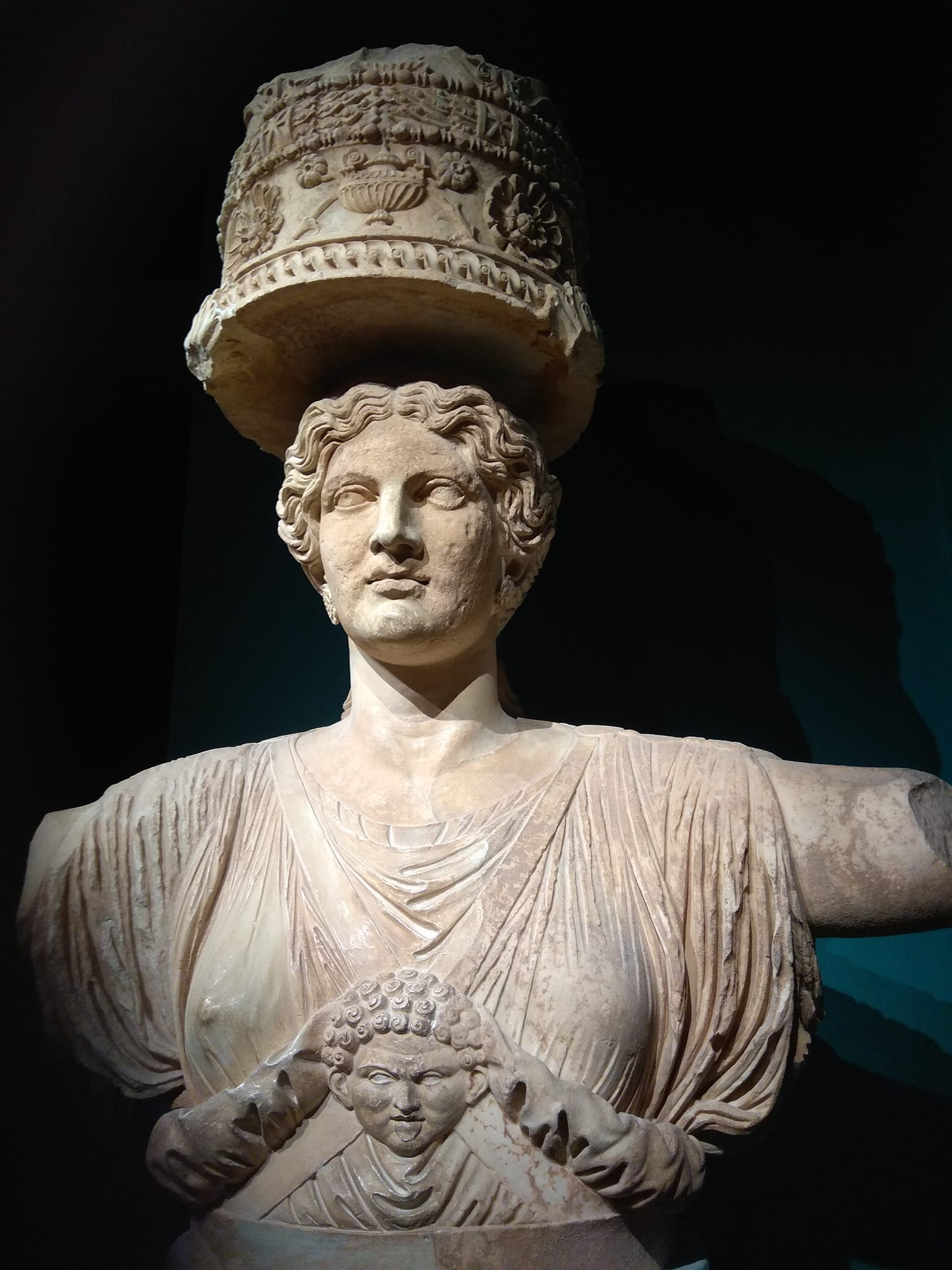
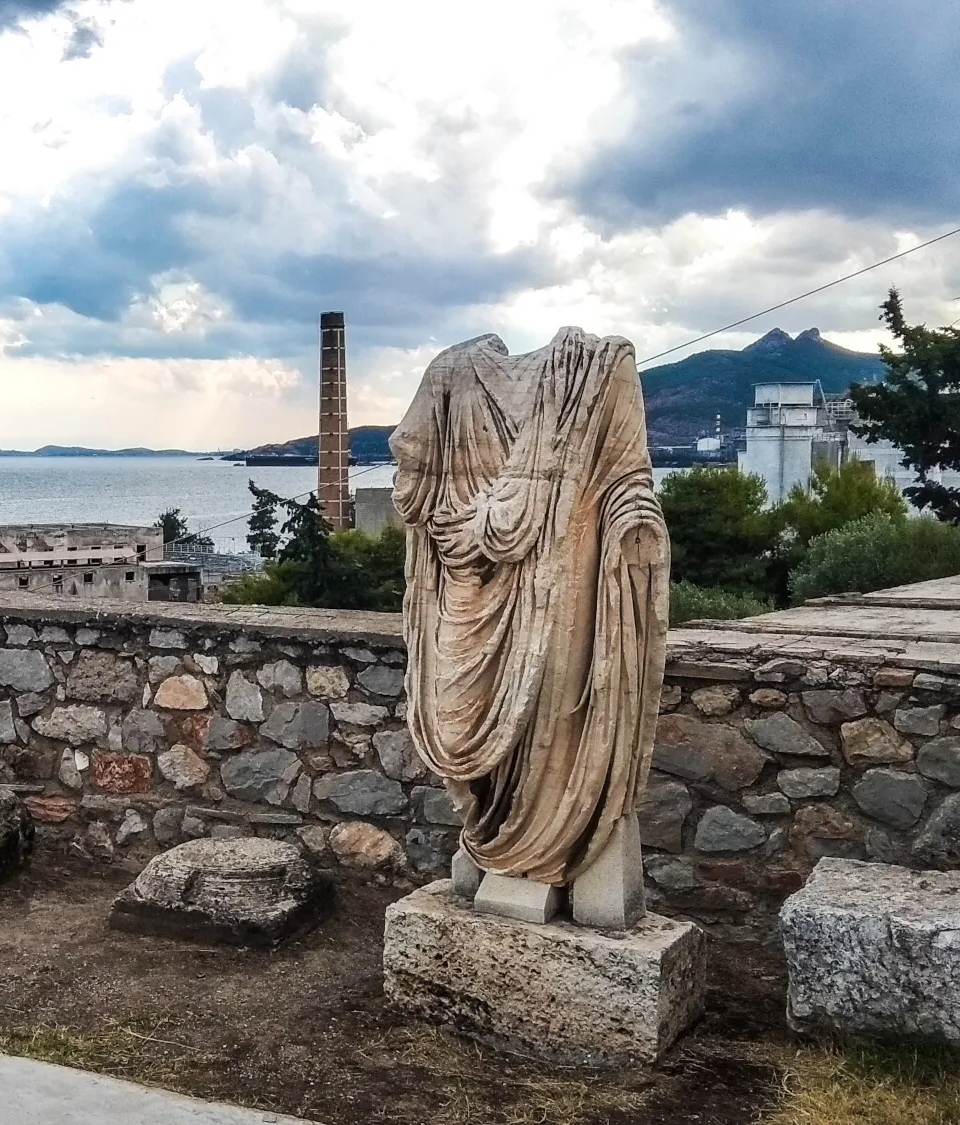
This site and its museum should be your first stop when visiting the area. Some of the most significant discoveries and monuments include the Sacred Courtyard where worshippers gathered, and from where Iera Odos, the Sacred Way, beginning in Athens’ Kerameikos, concluded; the Temple of Artemis Propylaea; the Large and Small Propylaea; the Telesterion, a great hall and sanctuary designed by Ictinus; the Mycenaean palace; as well as the Kalichoron Well, where, according to legend, the goddess Demeter sat to rest during her attempt to find Persephone, who had been abducted by the god Hades.
The archaeological museum, where artefacts on display include excavation discoveries such as a large statue of a Cystophora Kore, one of two Caryatids that supported the roof of the Small Propylaea, recently reopened. It offers an exemplarily modern and immersive view of the site and its history in time for Elefsina’s role as European Capital of Culture of 2023.
02
The Architecture & Landscapes
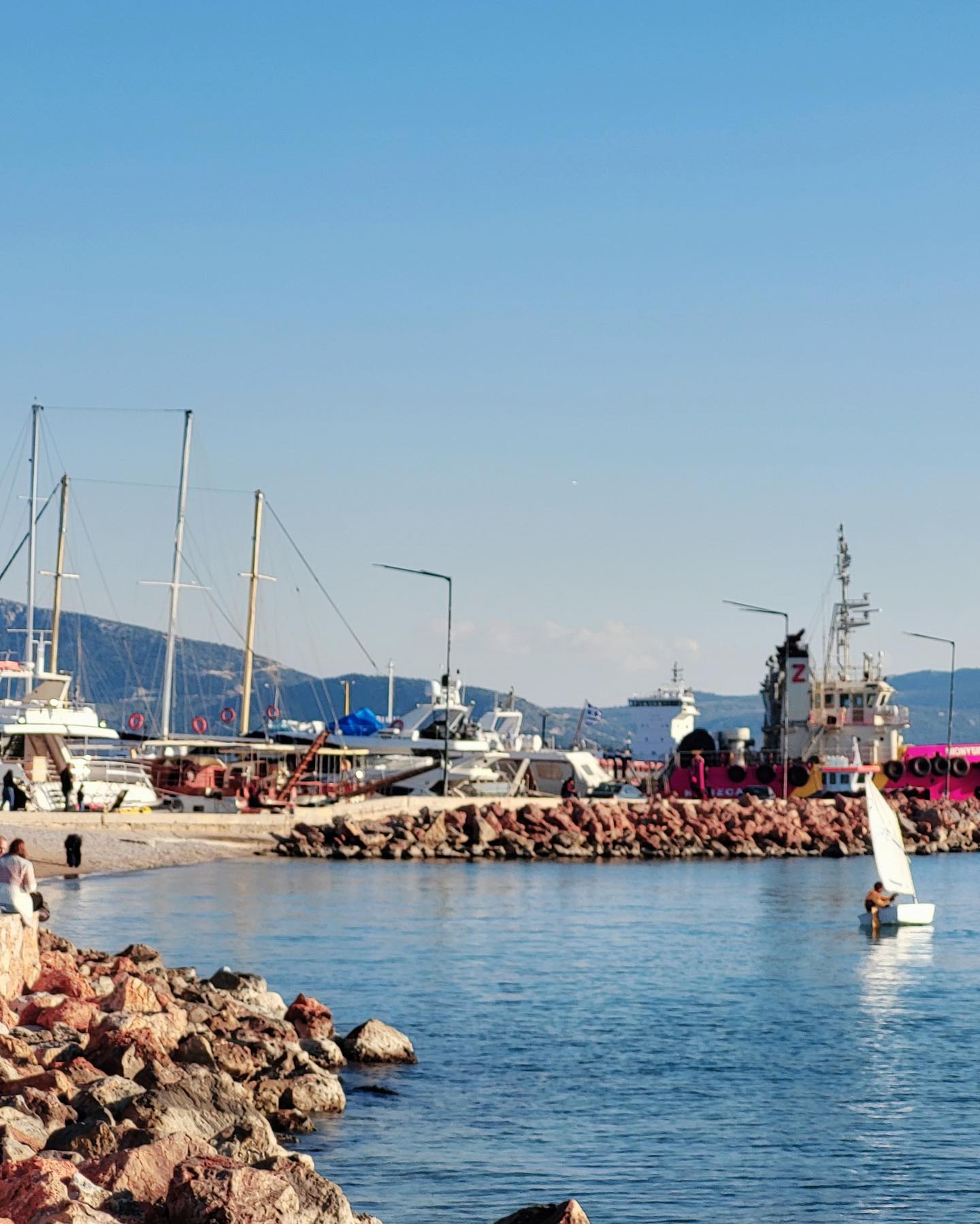
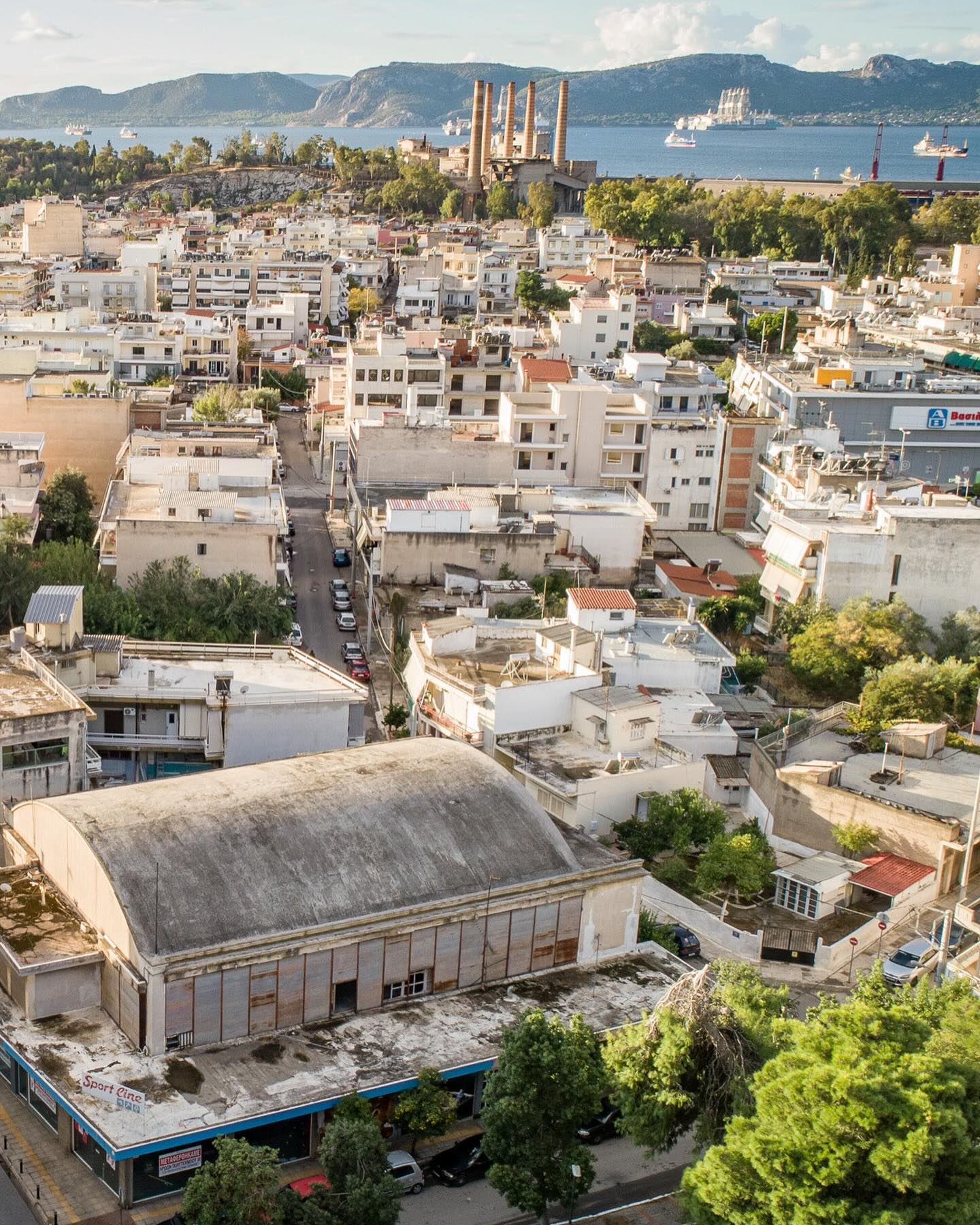
It is also worth exploring the city to see some of its impressive, listed buildings and grittily scenic land and seascapes. The architecture is primarily neoclassical in the area close to the archaeological site and port. Buildings to note include the residence of Giorgos Demestihas, a member of a prominent old family, on Dragoumi St, serving as a prime example of upper class homes in Elefsina during the early 20th century; the residence of Greek general Theodoros Pangalos, built in the early 19th century; as well as the residence of prominent doctor Vassilis Morfopoulos, which was designed by Anastasios Metaxas, a well-known architect of the period whose projects included restoration of the Panathenaic Stadium for the first modern Olympiad in Athens in 1896, as well as supervision of the Benaki Museum’s renovation.
03
The Food Scene

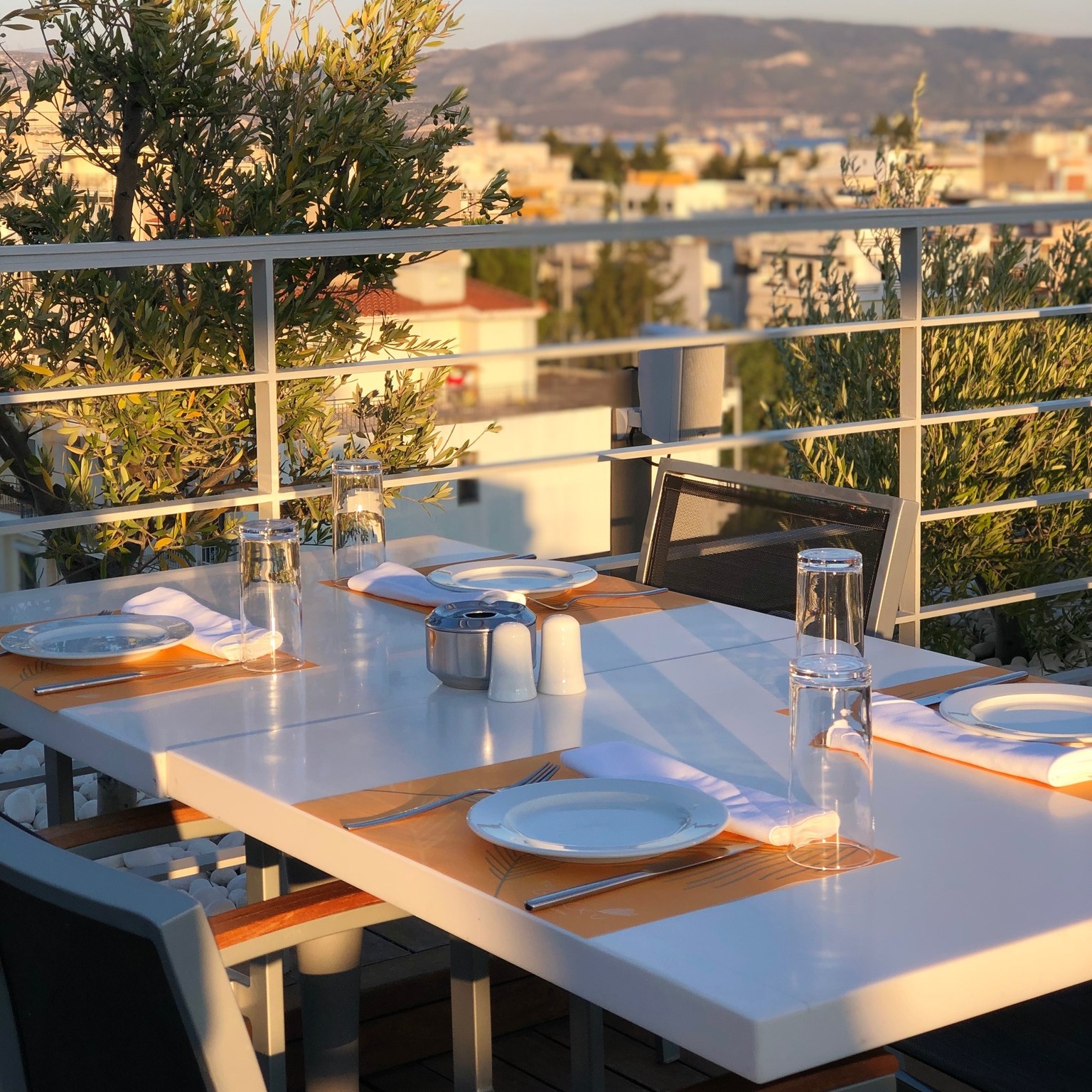
When your exploration of the city’s history is complete, head to one of the very pleasant tavernas, restaurants or cafe bars found nearby. Here are our favorite choices: To Stachi (55 Dimitros & Riga Feraiou), in the Elefsina Hotel offers a warm, welcoming atmosphere with a menu of hearty Greek dishes. Highlights include fava with grilled sausage and an exceptional cheesecake with anthotyro. Aigaio (3 Aeschylou) is a seafood restaurant on a lovely pedestrian street by the archaeological site, known for fresh grilled octopus and seafood. Try the fava and zucchini sticks. O Stratos (1 Kanellopoulou & Miaoulis) an iconic seafood tavern with harbor views, bustling with diverse patrons. Enjoy fried small fish, mussels, and ouzo in a lively, authentic setting. An all-day spot, Cyceon Elefsis (2 Sotiriou Gioka) is located across from the archaeological site, and offers local charm with a lovely olive tree garden. Perfect for wine, spirits, and cheese platters. And I Trata (42 Kontouli) is a seafood tavern in a former kindergarten with a bougainvillea-filled courtyard. Enjoy grilled sea bream, smoked mackerel, and lemony taramasalata.
04
The Beaches
Discover the beaches stretching from Elefsina to Megara and Kineta, such as Alopi, a small beach with tamarisks, just beyond Elefsina. It is next to the Eftaxias Villa, a now-abandoned house that was home to politician and art collector Lambros Eftaxias. Mediterranean Sky, a passenger boat shipwreck, is situated to the east, as are the coves of Loutropyrgos. You can also head further to Neraki beach in the Nea Peramos area, Vardari, Papoutsi in the Megara area, as well as the big Kineta beach, covered with fine pebbles. A large section of this beach is serviced but there is plenty of space to sit and enjoy the autumn sun. If swimming at this time of the year is not for you, then head to the small port of Pahi for a coffee or food with a view of the two islets, Pahaki and Pahi.



